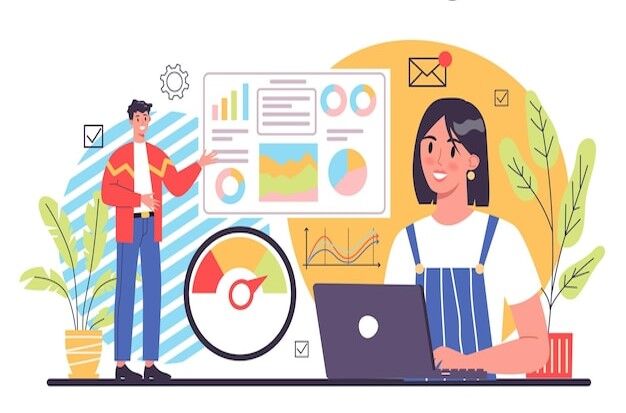Beyond Impact Factor: Alternative Metrics for Assessing Research Impact in Scopus, PubMed, and Web of Science


This article explores alternative metrics that researchers and institutions can consider when evaluating the impact of scholarly work. By exploring diverse indicators, we can better comprehend research impact and its broader implications.
While impact factor is based on citations, there are alternative citation-based metrics that offer a more granular assessment of research impact. One such metric is the h-index, which considers both the number of publications and the number of citations received by an author. Other citation-based metrics include the g-index, which emphasizes highly cited papers, and the m-index, which accounts for the average number of citations per paper. These metrics provide a more comprehensive view of an individual researcher's impact beyond the impact factor of the journals they publish.

Altmetrics, or alternative metrics, have gained prominence in recent years. They measure the broader impact of research beyond traditional citations. Altmetrics capture online attention, such as mentions on social media platforms, news articles, policy documents, and online discussions. These metrics offer insights into how research is being disseminated, discussed, and applied in non-academic contexts. Altmetrics can be particularly valuable for research in fields that have a significant societal impact beyond academia, such as public health or environmental sciences.

Assessing research impact should consider collaboration and interdisciplinary work. Metrics such as co-authorship networks, interdisciplinary citations, and collaborations with industry or non-academic partners can provide insights into the extent to which research transcends disciplinary boundaries and generates innovative solutions. Collaborative and interdisciplinary research has the potential to create a broader impact by addressing complex challenges that require diverse expertise and perspectives.

Usage metrics measure the usage and dissemination of research outputs, including downloads, views, and clicks. These metrics provide valuable information on the accessibility and engagement of research. Usage metrics can be especially relevant for open-access publications or datasets. Tracking the number of times an article is downloaded or the amount of traffic to a research dataset can provide insights into the reach and interest of the work beyond the traditional citation-based impact.

Research impact extends beyond academia, and assessing social impact and public engagement is crucial. Qualitative indicators such as media coverage, public engagement activities, policy influence, and community involvement are essential in evaluating the societal relevance and impact of research. These indicators highlight how research contributes to addressing real-world challenges and driving positive change. For instance, a research project that influences public health policies or fosters community development may have a significant societal impact even if its citation count is relatively low.

While the impact factor remains an important metric, researchers and institutions should explore alternative metrics to better understand research impact. By considering citation-based metrics, altmetrics, usage metrics, social impact, public engagement, and collaborative research, we can move beyond the limitations of impact factor and capture the multifaceted nature of research impact. This broader evaluation of impact encourages a more inclusive and holistic assessment that aligns with the diverse contributions and goals of the research community.
Elevate your research impact with SITA's Citation Booster services!
SITA understands the importance of maximizing your research visibility and impact. Our Citation Booster services are designed to help you achieve just that.
By leveraging our expertise and network, we can help you get your research noticed by the right audience and increase its citation potential. Don't let your valuable work go unnoticed - boost your citations with SITA today!
If you have any questions, inquiries, or would like to learn more about our services, please don't hesitate to reach out to us. Our dedicated team is ready to assist you.